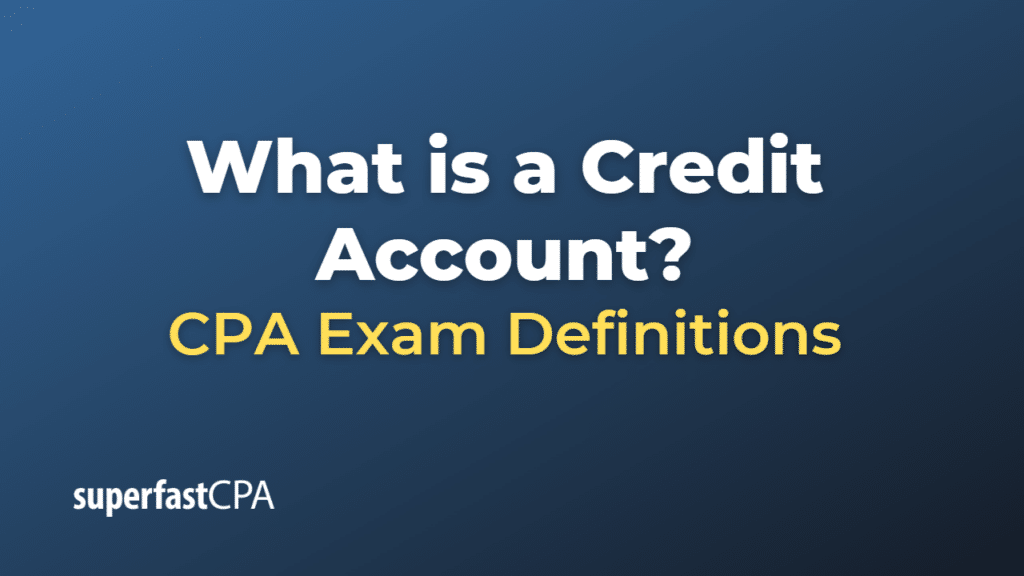Credit Account
A credit account is a type of financial account that a person or business can use to borrow money or purchase goods and services on credit. This means that the money doesn’t need to be paid back immediately, but can be repaid over time.
The most common types of credit accounts are:
- Credit Cards: These are issued by financial institutions and allow the cardholder to make purchases up to a certain limit. The cardholder can either pay off the balance in full each month or carry a balance and pay interest on the amount owed.
- Lines of Credit: This is an arrangement with a bank or other financial institution that allows a customer to borrow up to a certain limit. The customer can borrow as much or as little as they need, and they only pay interest on the amount borrowed.
- Loans: This includes personal loans, auto loans, student loans, and mortgages. These are usually installment accounts, where the borrower receives a lump sum and pays it back in fixed installments over a predetermined period of time.
Each credit account has its own terms and conditions, including the interest rate, minimum payment amount, and fees. It’s important for individuals and businesses to understand these terms and carefully manage their credit accounts to avoid taking on too much debt and to maintain a good credit score.
Example of a Credit Account
Here’s an example of each type of credit account mentioned:
- Credit Card: John has a credit card issued by his bank with a credit limit of $5,000. He uses this card to make purchases throughout the month, such as groceries, gas, and dining out. At the end of the month, he receives a statement showing a balance of $2,000. He decides to pay off $1,500 and carries a balance of $500 to the next month, on which he’ll be charged interest.
- Line of Credit: Sarah is a small business owner who has secured a line of credit from her bank for $50,000. This helps manage her business’s cash flow, especially when there are delays in receiving payments from her clients. One month, she uses $10,000 of the line of credit to cover expenses. She pays interest on this $10,000, not on the full $50,000.
- Loans: Mike takes out an auto loan to buy a car. The loan amount is $20,000, with a term of 5 years (or 60 months) and an annual interest rate of 4%. Mike receives the $20,000 upfront to pay for the car, and then he makes monthly payments of approximately $368 (principal + interest) for the next 60 months to fully repay the loan.
In each of these examples, the credit account allows the individual to borrow money that they promise to repay, often with interest. The specific terms and conditions, like the amount of credit available and the interest rate, can vary widely depending on the type of account and the individual’s creditworthiness.













